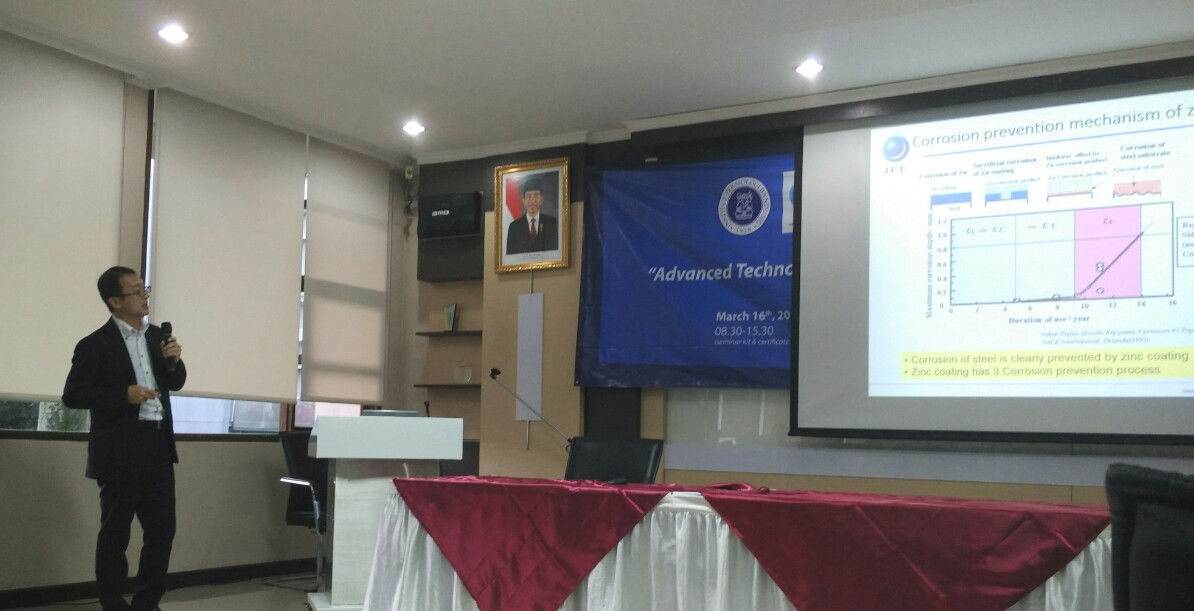ITB Lecturer Developed Early Warning Lightning Detection Devices
By Fivien Nur Savitri, ST, MT
Editor Fivien Nur Savitri, ST, MT

BANDUNG, itb.ac.id – It is given that Indonesia is one of the tropical countries with a high level of lightning occurrences. The energy released by lightning even exceeds the one created in the power plant in USA, so it can be imagined what disaster might happen due to lightning strikes. This led Dr. Ir. Syarif Hidayat, an associate professor from Electrical Power Engineering Research Group of School of Electrical Engineering and Informatics (STEI) Institut Teknologi Bandung (ITB), to conduct a research and develop an innovative device called Early Warning Lightning Detection.
"Similar with us, Indonesia also has lightning experts, because lightning density in Indonesia is the highest, up to 24 strikes per square kilometer per year. That happens in Bogor, which means 10 times more than Japan, and twice as much as Florida, USA. Where as in Bandung, about 12 strikes per square kilometer per year," said Dr. Syarif.
Working Process of Early Warning Lightning Detection
Early Warning Lightning Detection consists of two main parts, namely sensors and processors. A sensor with a diameter of 20 cm and height of 15 cm, is placed on a pole with a minimum height of one meter with a distance of at least 3 times from the height of the nearest building. The processor is a personal computer that is connected to the sensor through a data cable and powered by 10 watts.
The working principle, it detects the activity of electrostatic field on the cloud within two kilometer radius. Based on that principle, a device called electric field mill monitor can provide predictions about the extent to which the charge separation activity takes place, so it can provide early warning before lightning actually occurs.
There are four stages of warning indicated by Early Warning Lightning Detection. The first stage sets off when it detects the existence of charge separation activity in clouds, and that means the alert to potential lightning. The second stage sets off when discharge starts before the lightning strikes down below. The third stage sets off when the lightning strikes down below.
The last stage sets off when there are no more activity occurred, either charge separation or discharge on the clouds, and thus people can continue their activity without fearing unexpected lightning strikes. Dr. Syarif said that maximum warning should be given in the first two stages, so that protected areas should be cleared. "Areas suitable for Early Warning Lightning Detection are areas for outdoor activities such as golf courses, mining areas, agriculture lands, recreation sites etc. which are open areas," he said.
Currently, Early Warning Lightning Detection is in the process of getting a patent, and a lightning danger assessment software is also in the process of obtaining copyright. Dr. Syarif who completed his studies at Tokyo University, Japan, is also still active doing mapping and developing dozens of types of lightning protection devices.
Reporter: Salma Zahra (Astronomy 2016)

.jpg)
.jpg)

.jpg)
.jpg)


